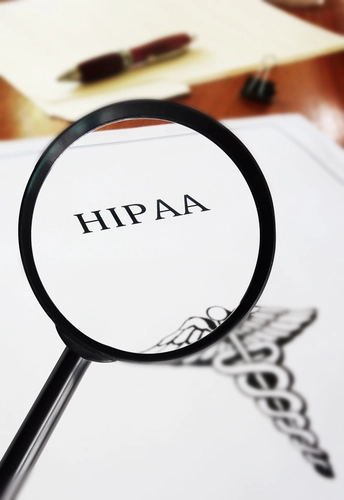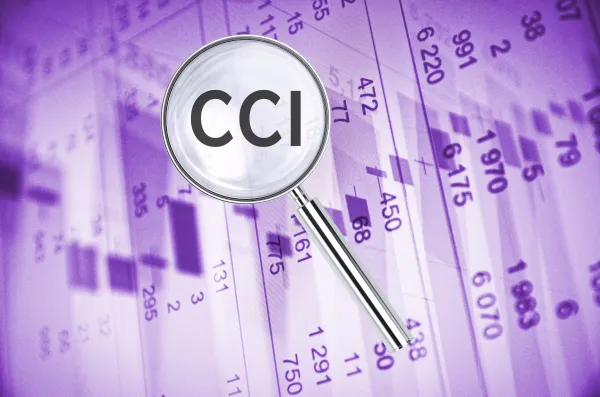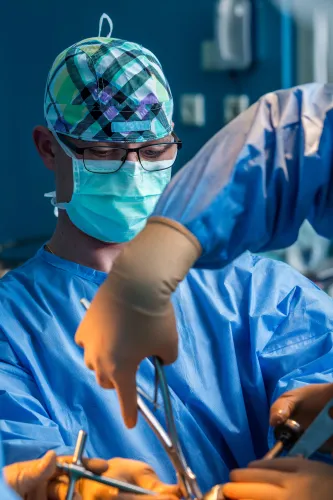General Surgery Coding Alert
Modifier Mastery:
Chart These Surgical Examples for Modifier 58 Victory
Published on Thu Jul 18, 2019

You’ve reached your limit of free articles. Already a subscriber? Log in.
Not a subscriber? Subscribe today to continue reading this article. Plus, you’ll get:
- Simple explanations of current healthcare regulations and payer programs
- Real-world reporting scenarios solved by our expert coders
- Industry news, such as MAC and RAC activities, the OIG Work Plan, and CERT reports
- Instant access to every article ever published in Revenue Cycle Insider
- 6 annual AAPC-approved CEUs
- The latest updates for CPT®, ICD-10-CM, HCPCS Level II, NCCI edits, modifiers, compliance, technology, practice management, and more
Related Articles
Other Articles in this issue of
General Surgery Coding Alert
- Case Study:
Skip 38531 for Laparoscopic Lymph Node with Hernia Repair
Focus on rules for ‘unlisted’ procedures. Take a peek at the following case to garner [...] - Modifier Mastery:
Chart These Surgical Examples for Modifier 58 Victory
Pre-planning exemplifies staged procedures. You might lose the procedure pay you deserve if you fail [...] - Life Support:
4 Tips Create Clean ECMO Claims
Master cannula placement codes and more. If you have surgeons who are sometimes part of [...] - You Be the Coder:
Distinguish 3 Anal Fistula Codes
Question: The op report describes the surgeon identifying an internal anal fistula opening, then cutting open [...] - Reader Question:
Improve Your E/M Time Coding Accuracy
Question: I’m confused about coding E/M services by time. Do we have to document the exact [...] - Reader Question:
Include India Ink in Surgery
Question: During a colonoscopy, the surgeon used a snare to remove two polyps from different [...] - Reader Question:
Master Modifier 25 Tips
Question: Our surgeon saw an established patient in the office to examine a third-degree burn on [...]
View All




